Since the dawn of civilization, gold has been the most sought-after commodity in the world. It has been used throughout history for trade, manufacturing jewelry and religious icons, decorating arms and armor, and, of course, minting currency in the form of coins.
As a coin collector and history buff, I have always been fascinated by the quest for lost treasure and the exploits of pirates on the high seas. This fascination evolved over the years into a passion, especially for coins and artifacts, from the period between the reign of King Philip II of Spain (1556-1598) through the golden age of piracy (1650-1720). It all started with my father giving me a couple of eight reales, often referred to as “pieces of eight,” recovered from the Nuestra Señora de Atocha. This led me to take a deep dive into deciphering the mintmarks, assayers’ initials, legends, castles, and other features on these coins known as “cobs.”
When I got older, I had the opportunity to buy my first gold doubloon, an almost uncirculated two escudos struck during the reign of King Philip II. The moment I saw that coin, I was hooked, and there’s nothing quite like holding a 16th-century Spanish gold doubloon in your hand!
The History of the Doubloon
The word doubloon comes from the Spanish word doblón, or “double,” i.e., double escudo. Escudo is a Spanish word that means “shield.” A two escudos doubloon should weigh close to 6.76 grams and be of the purity of 22-karat gold. Doubloons were minted at a variety of mints throughout Spain, including Seville, Segovia, Toledo, Valladolid, and Madrid, as well as the viceroyalties such as New Spain (Mexico), Peru, Bolivia, Columbia, and others.
The rarity of gold cobs makes them highly sought after, especially specimens that display the most complete details. Gold cobs also offer an abundance of unique characteristics for collectors, including numerous designs, assayers, mintmarks, die varieties, errors, and neat shapes.
The design of most doubloons (except those that display the pillars and waves design) have the Hapsburg shield struck on the obverse and a Jerusalem Cross, also known as the “Crusader’s Cross,” emblazoned on the coin's reverse. The appearance of the cross indicates the close ties between the Catholic Church and the Spanish monarchy during the period. Specimens that reveal the majority of the design elements and a date are very rare and are similar to finding a needle in a haystack. Old World Spanish gold cobs minted in Spain tend to be better struck than those from the Spanish colonies, which often makes finding high-quality pieces minted in the “New World” quite challenging.
The Commerce of Kings and Pirates
Most of the gold found in the “New World” was fashioned into irregular-shaped, crude-looking cobs to be shipped across the Atlantic, where they were melted down at mints in Spain. This gold was used to create one, two, four, and eight escudos of a much higher quality for the king. The Spanish galleons transporting this vast wealth across the ocean had to deal with untold hardships, including sickness and disease, adverse weather, and rough seas. And if that wasn’t enough, they also had to run the gauntlet of pirates, privateers, and warships from other countries who were always looking to relieve them of their precious cargo. Famous pirates such as Edward Teach (Blackbeard), Henry Morgan, Benjamin Hornigold, Calico Jack Rackham, Mary Read and Anne Bonny, and Captain Kidd were notorious for plundering Spanish vessels throughout the Caribbean.
The discovery of “Black Sam” Bellamy’s ship, the Whydah, which sank off of Cape Cod in 1717, held a massive amount of gold and silver cobs from Spanish colonial mints. This serves as proof that Spanish colonial gold cobs are, without a doubt, real pirate’s treasure.
Tell-Tale Signs
If you are curious as to whether a gold cob is from a shipwreck, look closely in and around the devices and legends. Many gold cobs, especially those from the “New World,” show evidence of coral encrustation in the devices such as this one escudo minted in Mexico that was recovered from the 1715 Spanish Fleet. Those that have survived until today are typically recovered from shipwrecks or found on beaches after storms.
It is estimated that there are hundreds of 16th- through 18th-century Spanish, French, Dutch, and English treasure-laden shipwrecks strewn across the Caribbean and East Coast of the U.S. Only time will tell when the next treasure ship will be found and what amazing gold coins will be recovered. No other type of coinage in the world evokes stronger images of pirates and lost treasure than the Spanish colonial escudos.
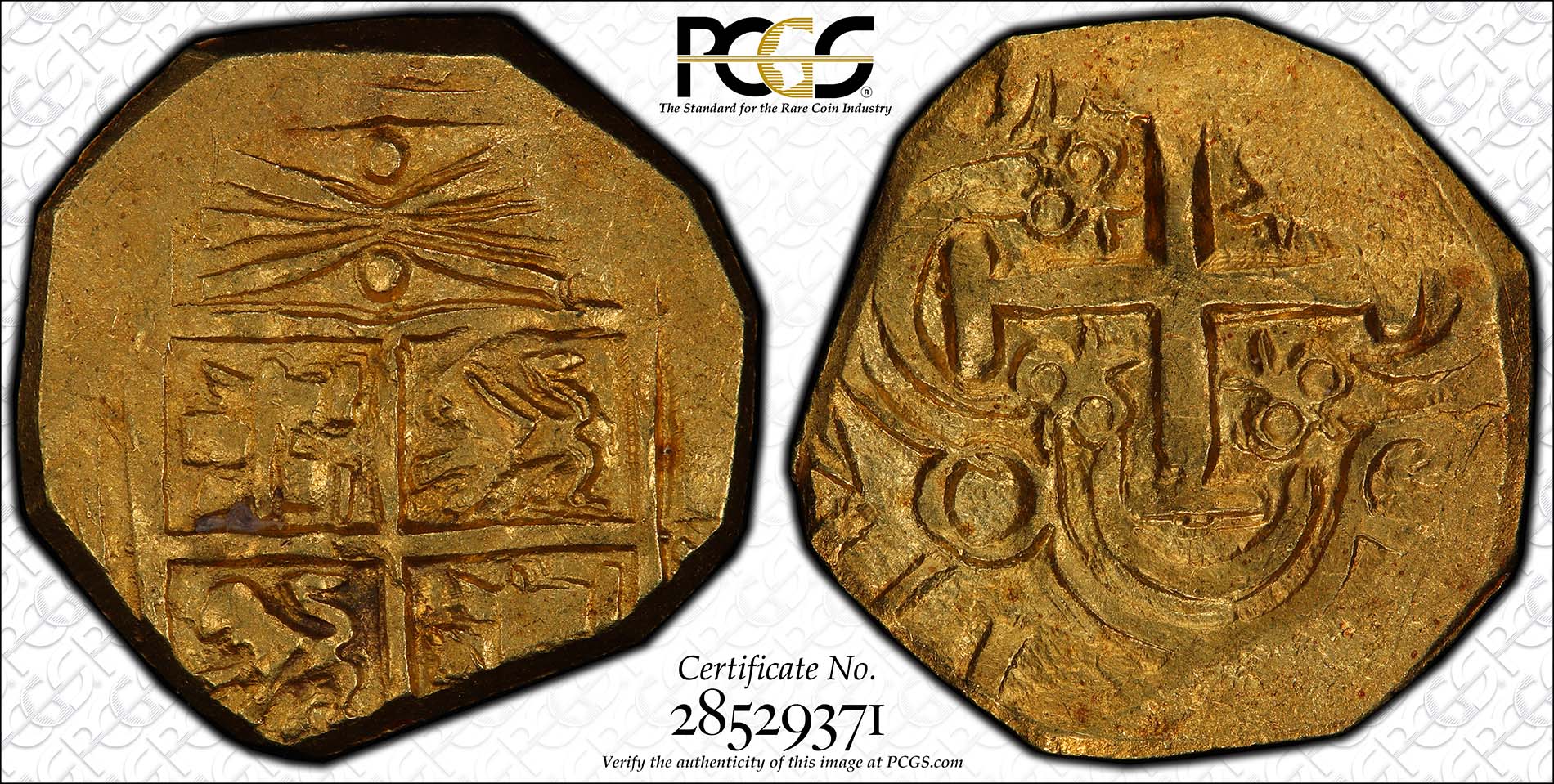
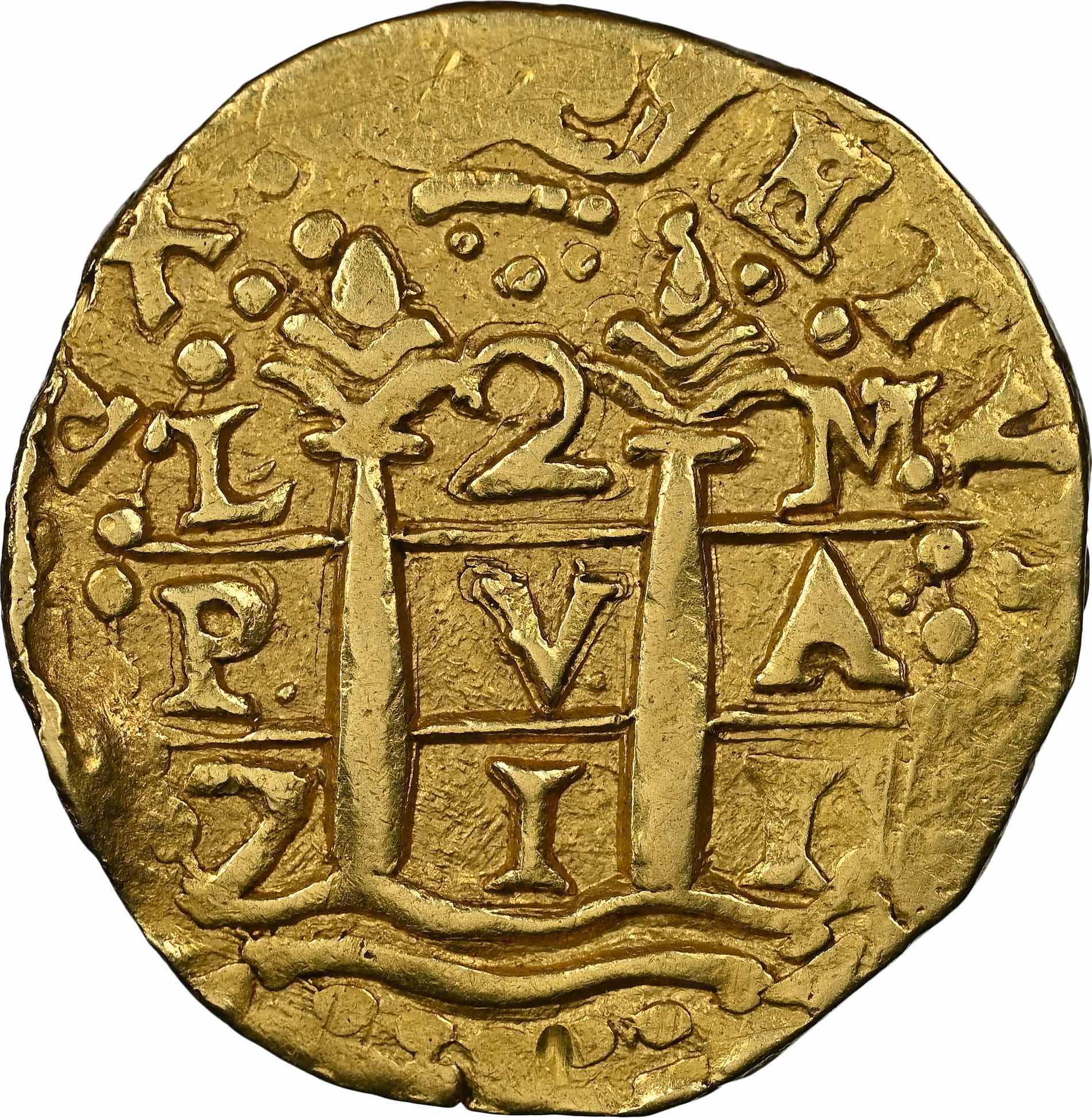
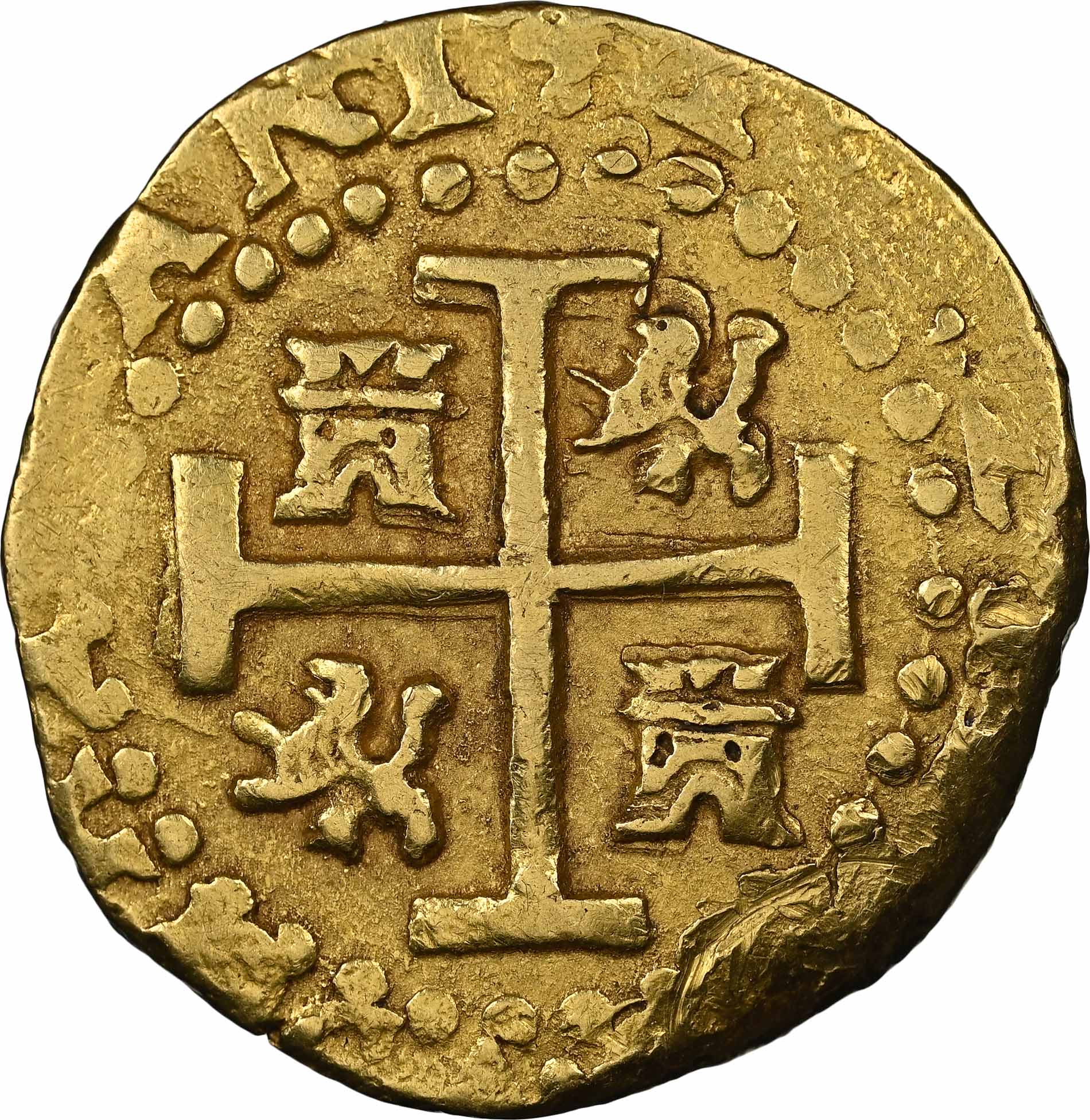








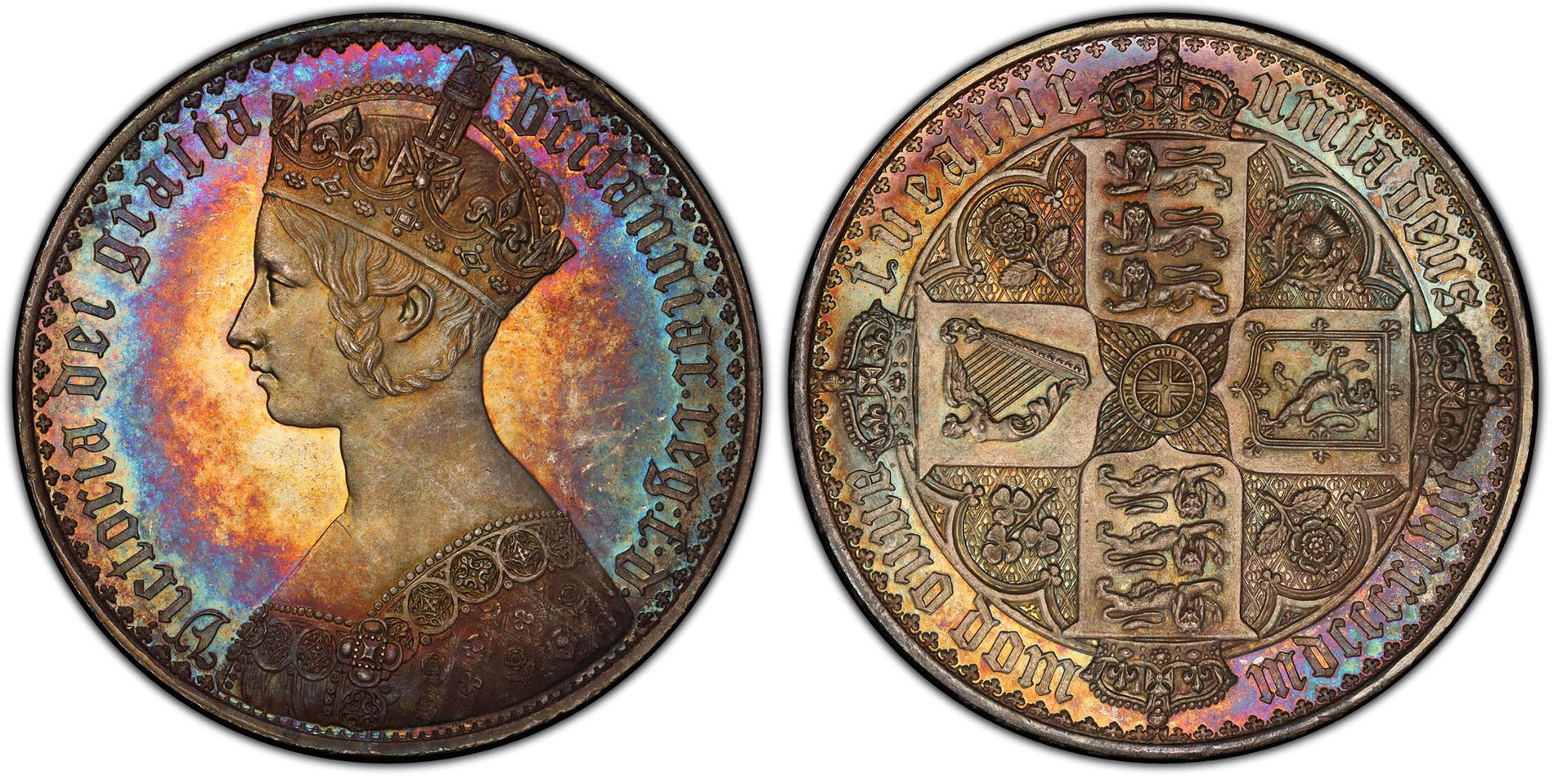


 Copper & Nickel
Copper & Nickel
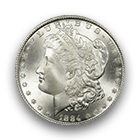 Silver Coins
Silver Coins
 Gold Coins
Gold Coins
 Commemoratives
Commemoratives
 Others
Others
 Bullion
Bullion
 World
World
 Coin Market
Coin Market
 Auctions
Auctions
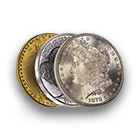 Coin Collecting
Coin Collecting
 PCGS News
PCGS News